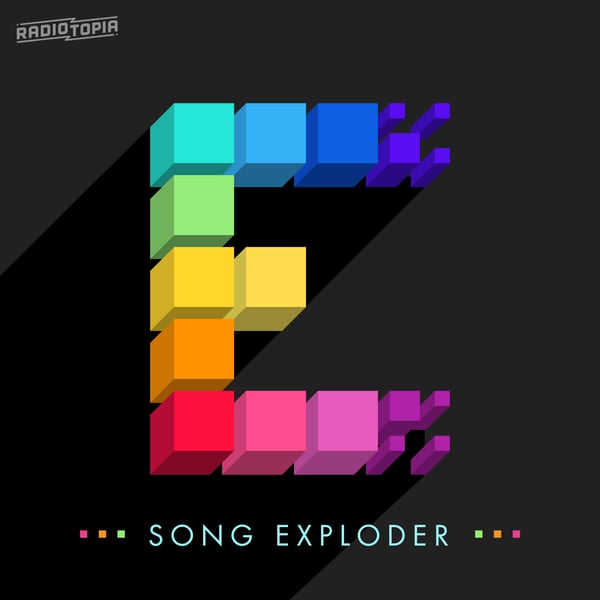Flatbush Zombies - Bounce
Song Exploder
Hrishikesh Hirway
4.8 • 6.4K Ratings
🗓️ 8 November 2016
⏱️ 12 minutes
🧾️ Download transcript
Summary
Flatbush Zombies are a hip hop trio from Brooklyn. They formed in 2010. Their album 3001: A Laced Odyssey came out in 2016, and debuted in the top ten on the Billboard charts. Erick the Architect is one of the three MCs in the band (along with Meechy Darko and Zombie Juice) and he's also the group's producer. In this episode, Erick breaks down how the song Bounce was made.
Transcript
Click on a timestamp to play from that location
| 0:00.0 | You're listening to Song Exploder, where musicians take apart their songs and piece by piece, tell the story of how they were made. |
| 0:06.5 | I'm Rishikesh Herway. |
| 0:10.5 | This episode contains explicit language. |
| 0:14.0 | Flatbush zombies are a hip-hop trio from Brooklyn. They formed in 2000. |
| 0:18.0 | Their album, 3,001, A Laced Odyssey, came out in 2016 and debuted in the top 10 on the Billboard charts. |
| 0:25.0 | Eric The Architect is one of the three MCs in the band and he's also the group's producer. |
| 0:30.0 | In this episode, Eric breaks down how the song Bounce was made and how it ended up that the lead single from their album doesn't have a chorus. |
| 0:50.5 | My name is Eric The Architect and I'm the one third of the illustrious Flatbush zombies. |
| 0:56.5 | There was a record, it was a baby-o record. I was really playing it a lot at the time. |
| 1:09.5 | The name of the baby-o song sample was called The Palm of the Wave. |
| 1:13.5 | I think it was one of those songs you really liked. Sometimes when you're re-like sampling something, you play it so often that you're like, |
| 1:18.5 | I don't want to sample this because I'm not going to listen to it the same way anymore. But this one was special. |
| 1:25.5 | Usually when I'm sampling something, I listen to it for a couple things. I'm trying to find something that is catchy but also something that I may be able to chop and loop. |
| 1:36.5 | And I particularly like finding a phrase that's already a pattern and then looping it just to kind of keep it as it is. It's something special about the way that the song originally was. I like to keep. |
| 1:49.5 | I already had the main part of what you hear. |
| 1:56.5 | Then I added the second part which is the um, like the second half of the verse. |
| 2:06.5 | I try to find those two moments and then I start to do drums. |
| 2:19.5 | When I heard the original guitar, I kept thinking, man, the original song was not a hip-hop record. How am I going to turn this into something that people could jump up and down to? How can I make people bounce? |
| 2:31.5 | But you know, the song's called Bounce. It's called Bounce because when I made it, I bounced it off my computer and I was trying to send it so fast that I just named it Bounce. |
| 2:39.5 | Because that's what I did. Like, bouncing means take everything that you see in the multi track and condense it into one file. So I was just trying to bounce bounce. |
| 2:50.5 | I always wanted to do a song that was a hip-hop record that didn't have a chorus but can change over time. Like each one of our verses has a part that's more mellow. |
| 3:00.5 | And then when it turns up, it's kind of a point where you would think there would be a chorus but instead it would just be changing over our flow. |
... |
Please login to see the full transcript.
Disclaimer: The podcast and artwork embedded on this page are from Hrishikesh Hirway, and are the property of its owner and not affiliated with or endorsed by Tapesearch.
Generated transcripts are the property of Hrishikesh Hirway and are distributed freely under the Fair Use doctrine. Transcripts generated by Tapesearch are not guaranteed to be accurate.
Copyright © Tapesearch 2025.

